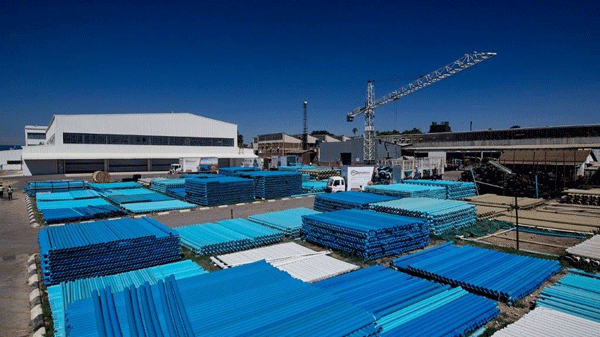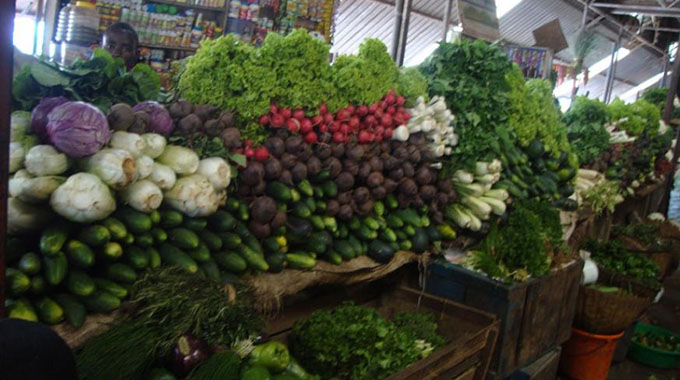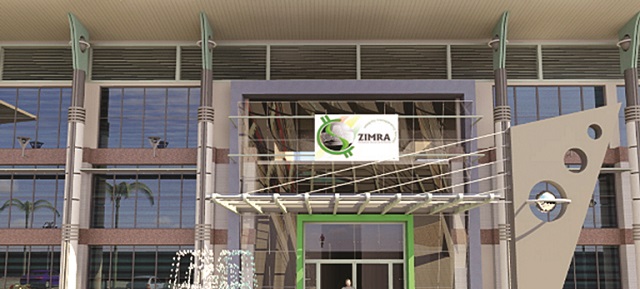Blueberry production poised for massive growth
Zimbabwe is seeing entrance of new horticulture production where products like blueberries are garnering support with prospects of penetrating the export market.
The blueberry industry, not only in Zimbabwe, but across the region is experiencing an upswing, with local farmers and investors eyeing this berry as a sweet source of economic growth.
Over the past year, the blueberry landscape has witnessed a significant transformation with latest figures showing the area planted for blueberries has surged by 54 percent.
In the 2021/22 season, approximately 328 hectares were devoted to blueberry cultivation, a number that has since jumped to 506 hectares in the 2022/23 season on the back of growing enthusiasm from farmers and the market.
With blueberry cultivation on the rise, the industry has also seen a corresponding increase in production. Currently, local farmers are yielding an about 9,000 tonnes of berries. A substantial portion of this – 6,500 tonnes is being shipped overseas, contributing to both the local economy and international demand for quality blueberries.
These exports are fetching an average price range of US$2,50 to US$6 per kilogramme, further solidifying the appeal of blueberries as a lucrative crop.
Despite the promising growth in the blueberry sector, there are notable challenges that potential growers must contend with. One major obstacle is the high cost of entry.
According to the Ministry of Lands, Agriculture and Rural Resettlement, the planting costs for blueberries are approximately US$100,000 per hectare.
The prohibitive costs are limiting the number of farmers interested in the blueberry production, especially by small-scale farmers from participating in the blueberry boom.
However, in response to the growing demand for the berries, the Horticultural Development Council, recently put forth an ambitious proposal for expansion.
They are advocating for the allocation of an additional 4,000 hectares of land dedicated to blueberry production, at an estimated cost of US$140 million. This proposal not only signifies the industry’s eagerness to grow but also presents a unique investment opportunity for both local and international investors.-ebusinessweekly









